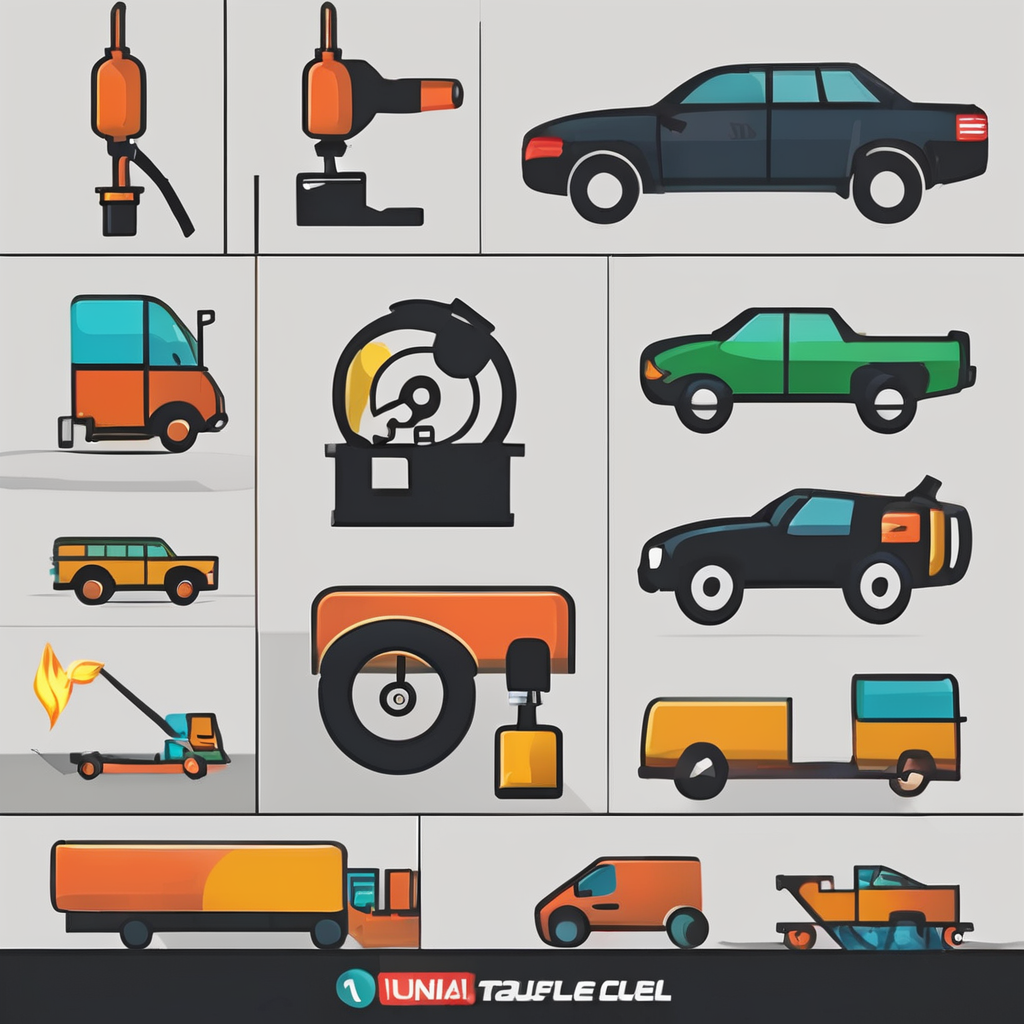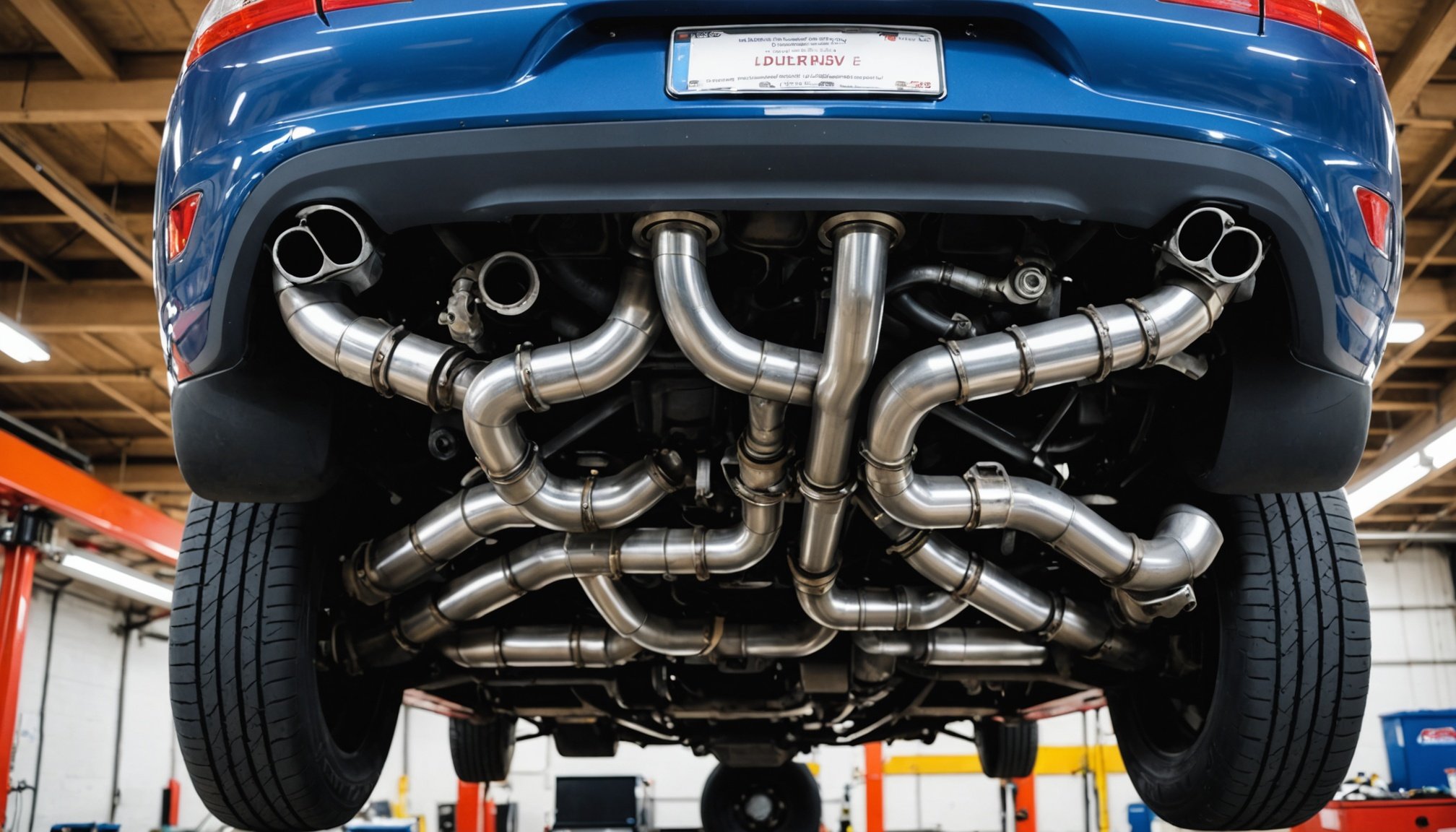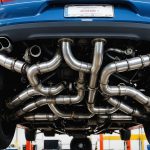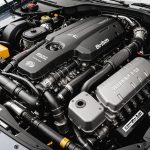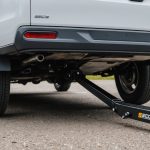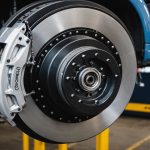Overview of Aftermarket Performance Exhaust Systems
Aftermarket exhaust systems are specially designed upgrades for vehicles, aimed at enhancing overall performance. These systems replace the original equipment manufacturer (OEM) exhaust and offer various benefits. A significant advantage is improved** vehicle performance**, often achieved through increased horsepower and torque, which results in a more responsive and powerful ride. Additionally, aftermarket systems can enhance fuel efficiency by reducing back pressure and allowing the engine to breathe more freely.
Many enthusiasts choose these exhaust systems to modify and personalize the exhaust note, adding a unique sound to their vehicle. It is crucial to follow proper installation safety procedures to enjoy all these benefits without incurring any risks. Adherence to safety guidelines ensures that the exhaust system functions optimally and maintains roadworthiness, avoiding damage to the vehicle or harm to the installer. Neglecting these protocols can lead to potential hazards, such as exhaust leaks or system failures.
Also read : Mastering oxygen sensor maintenance: unlocking the ideal air-fuel ratio for optimal engine performance
In conclusion, when considering aftermarket exhaust systems, emphasis should always be on realizing the performance improvements while ensuring the installation process is carried out safely and efficiently, complementing the vehicle’s enhancements.
Tools Required for Installation
Aftermarket exhaust systems often require specific tools and equipment to ensure a successful installation. Knowing what you need beforehand can save time and prevent potential installation mistakes.
Also to see : Key actions for detecting air suspension system leaks in high-end vehicles
Essential Hand Tools
Start with basic hand tools; a reliable set of sockets, wrenches, and screwdrivers are necessary. These help in loosening and tightening bolts and clamps. Without these fundamental tools, achieving proper fitting can become unnecessarily cumbersome.
Specialized Equipment
For more intricate tasks, use a torque wrench to ensure nuts and bolts are tightened to manufacturer’s specifications. A pipe cutter can also be useful for adjusting exhaust pipe lengths. A wire brush aids in cleaning connections, ensuring performance upgrades fit correctly and securely.
Safety Gear and Supplies
Installation safety should never be overlooked. Equip yourself with safety glasses, gloves, and appropriate footwear to prevent injuries. Remember, exhaust systems can get extremely hot, so allow them to cool before starting.
These tools and safety measures assist in enhancing vehicle performance, ensuring you achieve a smooth, responsive ride without encountering performance issues during the installation process. Ultimately, investing in the right tools and equipment fosters a safer and more efficient installation experience.
Safety Protocols for Installation
When installing performance exhaust systems, adhering to strict safety protocols is crucial to ensure a successful and risk-free installation. Carefully following the correct installation steps not only enhances the system’s performance but also maintains the overall safety of the installer and the vehicle.
Start by ensuring the workspace is well-ventilated. Fumes from materials or existing vehicle parts can be harmful if inhaled. Always have a fire extinguisher nearby as a precautionary measure. During the installation, make sure to disconnect the vehicle’s battery to avoid any electrical issues.
For personal protection, it is vital to use safety equipment. This includes wearing safety glasses to protect your eyes from debris and gloves to guard against cuts or burns. Steel-toe boots are also recommended to protect your feet if heavy tools or parts are accidentally dropped.
While handling the exhaust system components, be aware that some parts may be hot if your vehicle was used recently. Let them cool to avoid burns, and consider using a thermal protective mat. Lastly, perform a final check of all connections to ensure everything is secure before testing the vehicle, reducing the likelihood of performance issues caused by loose parts or improper assembly.
Common Pitfalls to Avoid
Installing aftermarket exhaust systems can significantly enhance vehicle performance, yet several common mistakes can hinder these benefits. Careful attention is crucial throughout the installation process.
Avoidable Installation Mistakes
One frequent error is incorrect alignment of exhaust components. Misalignment can restrict air flow, which directly affects performance. Ensuring precise alignment can improve the exhaust’s efficiency, bolstering the engine’s power output.
Neglecting to fully secure all connections is another common oversight. Loose fittings can cause exhaust leaks, undermining both the system’s performance and safety. Regularly tighten and assess connections to prevent this issue.
Troubleshooting Performance Issues
Improper installation can lead to reduced performance and fuel efficiency. One common symptom is an unusual exhaust note, often caused by unsealed joints leading to air leaks. In such cases, re-evaluate the fit and make needed adjustments. Also, check for any rattling sounds, which typically indicate untightened components or misalignment.
Tips for Avoidance
- Double-check measurements before making cuts to prevent improper pipe lengths.
- Follow manufacturer’s instructions meticulously.
- Ensure all components are cooled before revisiting adjustments.
Adhering to these practices can greatly reduce installation mistakes and enhance performance upgrades, ensuring that the anticipated performance boosts materialise.
Legal and Environmental Considerations
When installing aftermarket exhaust systems, one of the most pertinent aspects to consider is compliance with regulations and emissions standards. These systems can significantly alter your vehicle’s emissions profile, making it essential to ensure they do not violate local legal requirements. Not adhering to these regulations might result in fines or penalties.
Understanding the environmental impact of aftermarket systems is equally vital. While they can boost vehicle performance, they may also increase pollutants if not properly installed or compliant. Selecting systems that meet standards can help mitigate these effects.
Legal compliance extends beyond emissions; it includes noise regulations. Aftermarket systems often produce louder exhaust notes, which may exceed permissible sound levels. Always check local noise restrictions to avoid potential violations.
To avoid these complications, perform due diligence by researching the local laws and consulting manufacturers or automotive experts. Ensuring legal compliance not only saves from potential costs but also contributes to environmental conservation. Following these guidelines ensures that the benefits of upgraded aftermarket exhaust systems are fully realized without legal ramifications.
Expert Tips for Safe Installation
When installing aftermarket exhaust systems, a focused approach ensures both enhanced vehicle performance and safety. Here, expert advice lays out essential steps and tips to guide you through the process with precision.
Pre-Installation Checks
Before starting, conduct a thorough examination of your vehicle. Inspect existing components for wear and damage, as these could affect the stability of the new system. Confirm all parts of the aftermarket kit are present and in good condition. Missing or defective parts can cause unnecessary delays and complications.
Post-Installation Testing
After installation, testing is crucial. Start your engine and listen carefully for unusual sounds. Check for vibrations or leaks around joints and connections, which indicate imperfect fittings. Also, monitor the engine’s responsiveness to ensure that the performance upgrades have been successful.
Resources for Further Learning
To expand your knowledge and refine techniques, consult car enthusiast forums and manufacturers’ guidelines. These platforms often contain valuable installation tips and troubleshooting advice from seasoned experts. Investing time in continuous learning will enhance your skills and help maintain installation safety, ultimately leading to more efficient future installations.
